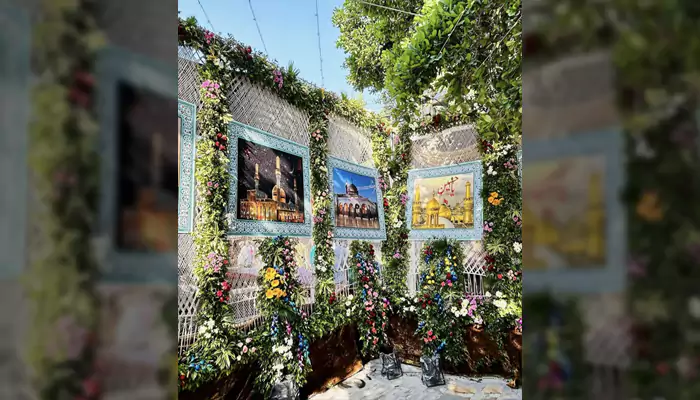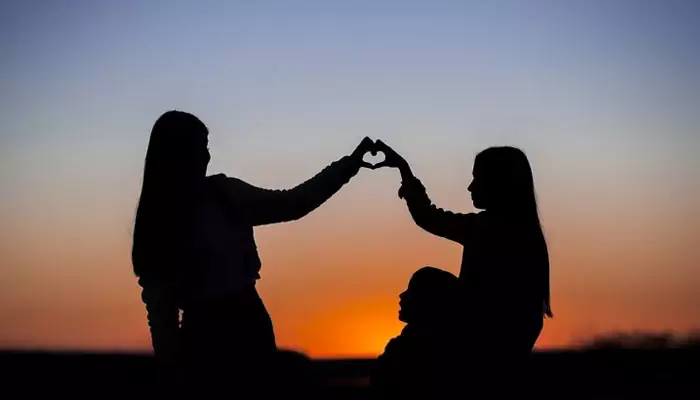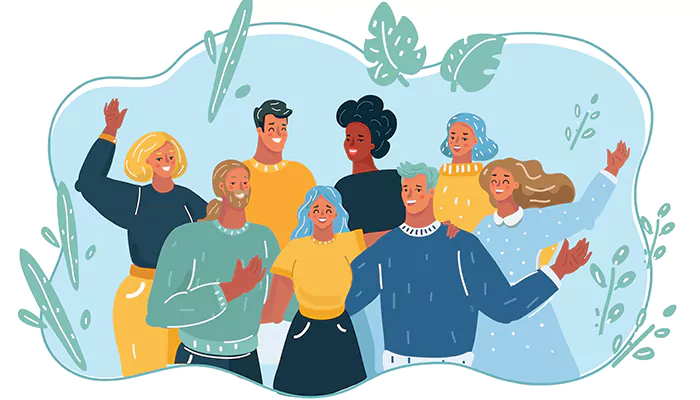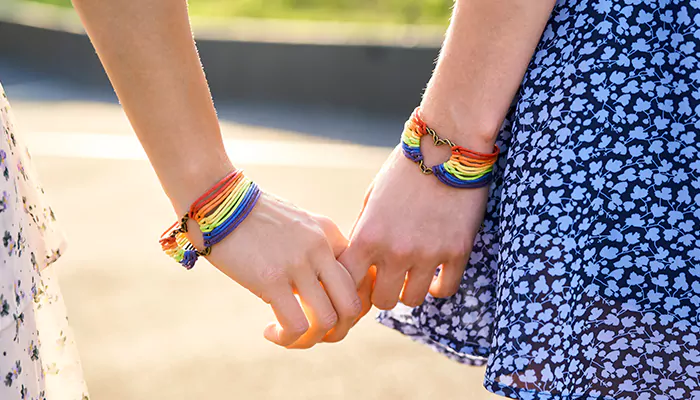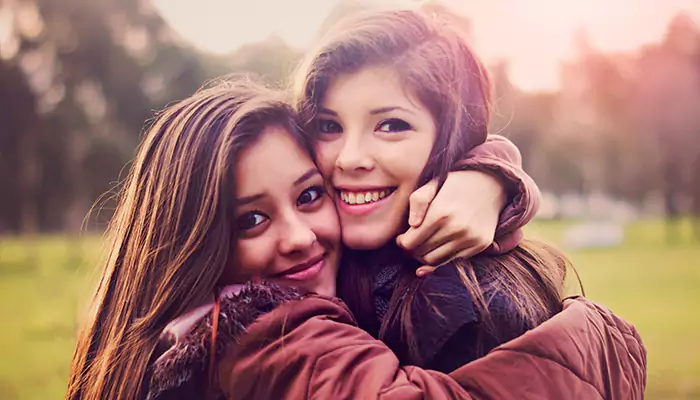AI in Art and Creativity: Fascinating Examples of Artificial Intelligence Pushing the Boundaries of Creativity
- Admin
- 1 year ago
- 4 minutes read

Intro: This article explores some captivating examples of AI in art and creativity, showcasing how technology is pushing the boundaries of what we consider creative.
Artificial Intelligence (AI) has become an increasingly prominent tool in various fields, including art and creativity. What was once thought to be exclusively human endeavors—such as painting, composing music, or writing literature—is now being augmented and sometimes even replaced by AI.
Generative Adversarial Networks (GANs) in Visual Arts
Generative Adversarial Networks (GANs) have revolutionized the way AI interacts with visual arts. GANs consist of two neural networks, the generator and the discriminator, which work together to create new, realistic images. One remarkable example is the work of artist Mario Klingemann, who uses GANs to generate mesmerizing and surreal artworks. These pieces challenge our perception of reality and blur the lines between human and machine creativity.
AI-Generated Music
Music composition has historically been a deeply human endeavor, relying on emotion, intuition, and creativity. However, AI is now making significant strides in this field. Projects like Aiva Technologies are using AI algorithms to compose original pieces of music in various styles, from classical to contemporary. While purists may initially balk at the idea of AI-generated music, the results are often surprisingly emotive and compelling, showcasing the potential for AI to collaborate with human composers rather than replace them entirely.
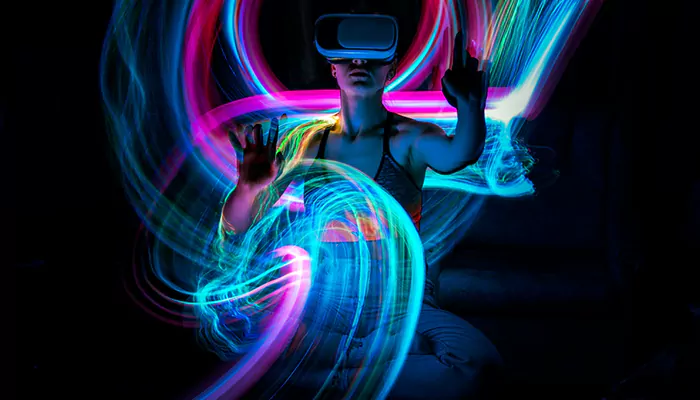
Text Generation and Creative Writing
AI-powered text generation has advanced to the point where it can produce coherent and contextually relevant content across various genres. OpenAI's GPT models, for instance, can generate prose, poetry, and even entire novels based on prompts provided by users. This technology is not only assisting writers with brainstorming and generating ideas but also challenging conventional notions of authorship and originality. The AI-generated novel "Sunspring," for example, demonstrates the eerie yet intriguing quality of machine-generated storytelling.
Interactive Art Installations
AI is also playing a significant role in interactive art installations, where it engages directly with audiences to create unique experiences. One notable example is "The Treachery of Sanctuary" by Chris Milk, which combines motion tracking and generative visuals to allow participants to interact with projected images using their own shadows. This fusion of AI and interactive art blurs the boundaries between observer and creator, inviting viewers to become active participants in the artistic process.
AI-Enhanced Photography
Photography is another artistic domain benefiting from AI's capabilities. AI-powered tools can enhance and manipulate images in ways previously unimaginable, enabling photographers to push the boundaries of their creativity. For example, Google's DeepDream algorithm applies neural network-generated patterns to existing images, resulting in hallucinatory and surreal visuals. While traditionalists may argue that such enhancements detract from the authenticity of photography, others see it as a new form of artistic expression enabled by technology.
Ethical Considerations and the Future of AI in Art
As AI continues to permeate the realm of art and creativity, ethical considerations arise regarding issues such as authorship, authenticity, and the role of human artists. While AI can undoubtedly augment and inspire human creativity, questions remain about the extent to which it can truly replicate or replace the depth of human emotion and experience in art. Additionally, concerns about bias and algorithmic transparency must be addressed to ensure that AI-generated art is inclusive and representative of diverse perspectives.
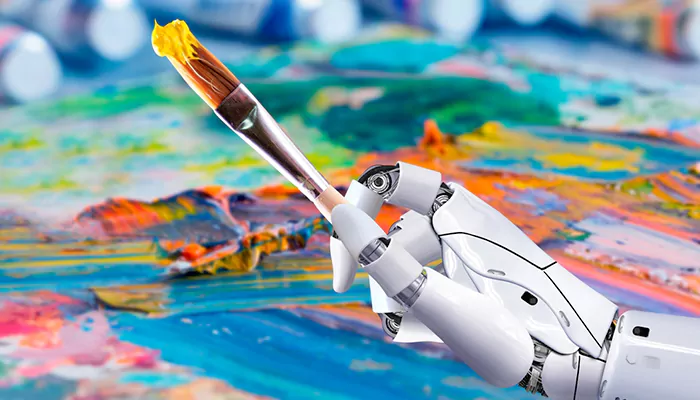
Looking to the future, AI holds immense potential to revolutionize the creative process, offering new tools and possibilities for artists across disciplines. However, it is essential to approach this technology with a critical eye and an understanding of its limitations and implications. Ultimately, the most fascinating examples of AI in art and creativity are those that challenge our perceptions, provoke thought, and inspire new forms of expression, regardless of whether they originate from human or machine minds.
As we navigate this evolving relationship between technology and art, it is crucial to consider the ethical implications and ensure that AI remains a tool for collaboration and innovation rather than a substitute for human creativity.


